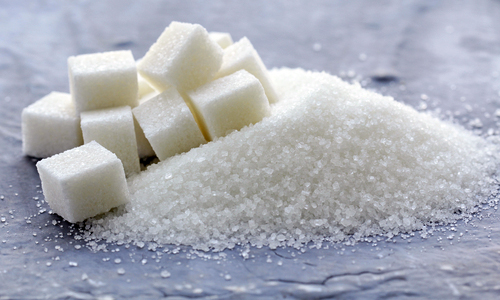


Let me stop right there and tell you that I’m not blaming you. You are not gluttonous, nor weak-willed, nor any other self-recriminating belief you may have about yourself and your relationship to food. Your hormones, taste buds and brain chemistry have been hijacked by the food industry. Not metaphorically, but biologically.
Simply put, you are hooked like a junkie mainlining some of the worst, deadliest drugs on the planet: sugar and anything that turns to sugar in your body.
The one trillion dollar industrial food system is the biggest drug dealer around, responsible for contributing to tens of millions of deaths every year and siphoning trillions of dollars from our global economy through the loss of human and natural capital.
I realize this sounds extreme and overstated, but hear me out. Once you understand the forces at play in food addiction, you will never think the same way again about Snapple, Diet Coke and processed snacks, cookies and cake. We need to acknowledge our addiction, face it, and address it head-on, both as individuals and as a society.
But first, you need to take back your own health. And I’m here to help you do exactly that. In order to break free from these addictive substances and reprogram your biology, you need to detox from the drug-like foods and beverages you’ve been hooked on.
Science now proves sugar is more powerfully addictive than alcohol, cocaine or even heroin (and if you’re thinking about going for diet soda instead, take note: Artificial sweeteners may be more addictive than regular sugar).
When we treat alcoholics or cocaine addicts, we don’t say “Practice moderation” and advise them to cut down to just one drink or one line of cocaine a day. We know they must clear the brain and body of these powerful drugs completely, ideally through a well-designed program that supports the detox process.
That’s precisely why I designed my Blood Sugar Solution 10-Day Detox Diet. In just 10 days, you’ll have a whole new level of clarity, both physically and mentally. You’ll know with certainty that you can regain control, feel good, and change your life forever. You’ll finally break free of sugar’s shackles.
What if you’re trying this diet just to lose some weight and make good on your New Year’s resolution? That’s fine. We all want to look good! The magic in the Blood Sugar Solution 10-Day Detox Diet is that you’ll end up not just looking fantastic, but feeling fantastic, too—quite possibly better than you ever imagined.
Just to be clear, though, the Blood Sugar Solution 10-Day Detox Diet is not a magic cure or a gimmicky weight loss scheme. It is a comprehensive, science-based approach to ending food addiction and creating rapid, safe weight loss and long-term optimal health.
This plan is for anyone who wants to experience what true wellness feels like, and for most people, that realization is just 10 days away. Again, I realize that you may not believe all this is possible. And you don’t have to.
All you have to do is give it a try and see for yourself how quickly the body heals and sheds pounds when it is getting what it really needs. Most of my patients say, “Dr. Hyman, I didn’t know I was feeling so bad until I started feeling so good.”

 233k
233k  41k
41k  Subscribe
Subscribe 
